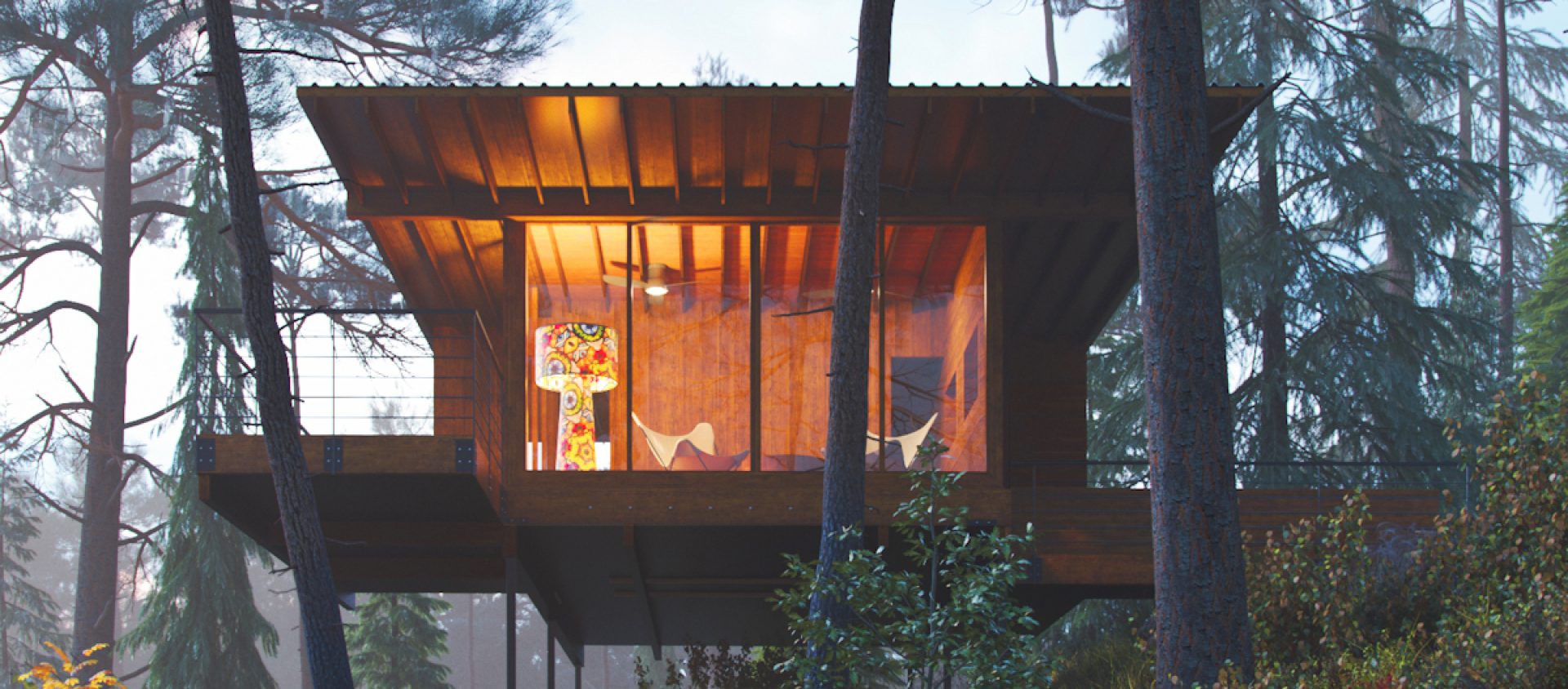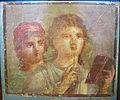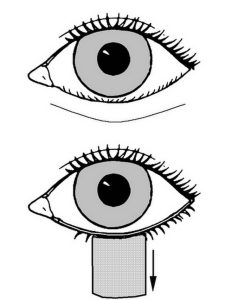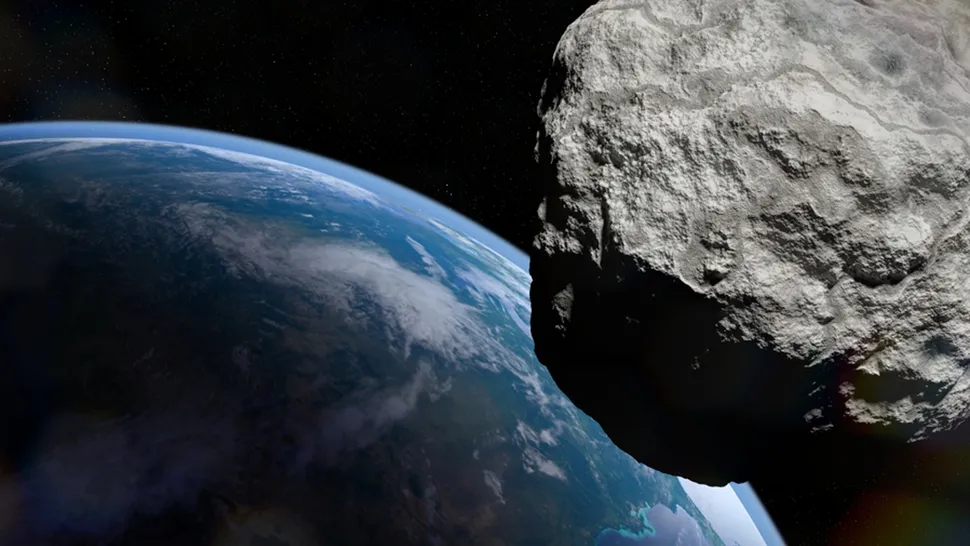I had such a fine idea for a blogpost for today. Unfortunately my fine idea came at 3 am and I wrote a charming and profoundly meaningful post in my sleep. I’ve spent the whole of today trying to recall it. I’m running out of time, so instead of the charming and profoundly meaningful post, you’re getting an introduction to the book I found on my coffee table. Its spine is held together with packing tape, Its cover is falling off despite the packing tape. It’s basically a blank cookbook for a home cook, with recipes added over time. About half the pages have recipes.
A friend gave it to me the other day, and I haven’t had time to decipher it yet, so everything I say here is a discovery.
It was used over two generations (possibly longer) because there is some copperplate and some italic script. The first newspaper clipping it it has a recipe from Jean Bowring. This means it’s an Australian recipe collection, and the Bowring recipe is from the late 50s or early 60s. The clip itself has no date, but Bowring had her own foodie TV show from 1957-1960. There’s a recipe dated 1940, which is celery seed for rheumatism. These are the only two entries with clear dating.
This is a household collection of the type women have been making since at least the 17th century and I love it. The 1940 recipe is written in a hand that’s a spiky version of one of my aunt’s, which makes me wonder if the writer was a young housewife in the 1940s, since my aunt was born in 1919, and it’s a nicely modern hand.
Let me see what else I can find.
There are no recipes in the soups/fish section or the first pages of the poultry/meat section. The first recipe in the poultry/meat section is the cheesecake recipe from the TV personality. I’ve seen this in other books like this from Australia, and I have a family story that suggests that a lot of the everyday food cooked by Australian women (and occasionally Australian men) were not that complex and required learning techniques rather than following recipes. This somewhat explains why the early pages are so very random.
My cousin Edith, who was a fully-trained doctor, but whose qualifications were not ever accepted in Australia, was a paid nurse in my Great-Aunt Gussie’s (Augusta) household. Gussie and she had a bit of an argument about throwing bones out with meat on them. Vienna had been going through hard times and Australia had not, so it was Edith who pointed out the good food that was being thrown away. This led to that and Gussie accused Edith of not being able to cook. Edith pointed out that she had to leave her cookbook at home when she fled. Gussie said “You don’t need a cookbook to cook dinner.” I was taught both the techniques and how to use cookbooks, so I understood both Edith and my great-aunt when Edith told me about the incident. I have several of Edith’s family recipes in my own little collection, but nothing from Gussie – she lived from 1872 to 1940. Her two children were two of my favourite relatives and Linda, the eldest, lived from the nineteenth to the twentieth centuries. This explains why I know a bit more about Victorian and Edwardian home cookery than most people born in the 1960s.
More clues and fewer family stories? Let me look past the newspaper clipping. The first handwritten recipes are very Australian. There’s a copha cake recipe. I haven’t seen anything like it in years. It’s a quick cake and perfectly suitable to make in a hurry when friends drop in unexpectedly. It has copha (of course) sugar, egg, self-raising flour and vanilla for flavouring. Nserted next to them are two recipes for plain cakes with butter rather than copha, in the handwriting Melbourne schoolchildren learned in the 1940s. Cakes and more cakes follow, all very straightforward and all cakes I’ve made or very like cakes I’ve made. Also a recipe for Snow Balls given to the owner of the book by Phyllis, The snow balls are sugar, gelatine and boiling water, dipped in a sauce and rolled in coconut. These days we buy them (and by ‘these days’ I go right back to the 1960s) and they’re dipped in chocolate before the coconut. Puddings, patris, cakes – all the standard sweet stuff made for a young family.
There are some older recipes hidden among the really familiar ones. When I was doing research into Georgian recipes, I discovered cooked salad dressing This book not only has one of these, but it describes one of the ingredients as sack. I don’t know if this was copied from an older collection or if it was a family or friend’s recipe, but it’s a nineteenth century salad dressing. It’s possible that the book itself goes back that far, but I don’t think it does. There is also a recipe for growing household potatoes using a kerosene tin, which the handwriting suggests is 1940s or a bit later.
Most of the recipes are written using pencil or fountain pen. The fountain pen work is mixed – ther are amazingly skilled hands and one that is bigger and more random. Every single hand, however, is better than mine. (I still can’t date fountain pen writing as exactly as I used to be able to date Mediveal hands – this is an to my self-esteem.)
Some recipes repeat (snow balls!) and some are annotated by a later, more italic hand. And the recipes are so, so familiar: nutloaf, lemon tarts, mock cream filling, puddings (which are called desserts these days), icecream, shortbread, pumpkin scones, gingerbread, lamingtons, kisses, cream puffs, meringues … and we carried over from the other section into the pudding section, so suddenly the recipes all match the tag on the side. Given that the first recipes after the ‘pudding’ tag are all in older handwriting (that looks as if it might be early 20th century) I suspect that the desserts and cakes overwhelmed their place and walked backwards into the earlier section. I suspect this because the handwriting is a bit more recent in the earlier section.
The page containing recipes for pumpkin and cheese scones is so used that it’s falling out of the book, which is interesting, but not nearly as interesting as the fact that I was taught how to make almost all these things as a child in the 1960s. Before I was ten, to be honest. I can still make them, but seldom bother any more. I don’t eat much sweet stuff, and most other people don’t know to demand chocolate fudge cake or strawberry short cake. This means Australian foodways have changed this century and were far more constant for the first 7-8 decades of last century.
This little cookbook is so very well-used. I wonder if it was how children were taught in that family? My mother started keeping a collection of recipes when we would bug her to do our own cooking, so having something like this where you could just say to a child “Don’t burn yourself on the oven” would have been very handy, and would explain the stains.
Suddenly there are fewer spots on each page and the recipes are jam and marmalade. We didn’t use recipes for jam or marmalade (or for most biscuits and some cakes) but these recipes are still familiar. I used to love making fig jam with fresh ginger and one of my favourite jams ever was pear and ginger. This book contains both. I used to love the jam so much, in fact, that I no longer make it. Jam is not diabetic-friendly. In fact, even the thought of making all the best jams is probably not diabetic friendly, so I am closing the book and leaving you to dream of Australian food, which is, I think, mostly from the 1940s and 1950s.

 Some years ago, I struck up a conversation with a young writer at a convention. (I love getting to know other writers, so this is not unusual for me.) One thing led to another, led to lunch, led to getting together on a regular basis, and led to frequently chatting online. I cheered her on as she had her first professional sale and then another, and then a cover story in a prestigious magazine. One of the gifts of such a relationship is not the support I receive from it, but the honor and joy of watching someone else come into her own as an artist, to celebrate her achievements. It’s the opposite of Schadenfreude — it’s taking immense pleasure and pride in the success of someone you have come to care about.
Some years ago, I struck up a conversation with a young writer at a convention. (I love getting to know other writers, so this is not unusual for me.) One thing led to another, led to lunch, led to getting together on a regular basis, and led to frequently chatting online. I cheered her on as she had her first professional sale and then another, and then a cover story in a prestigious magazine. One of the gifts of such a relationship is not the support I receive from it, but the honor and joy of watching someone else come into her own as an artist, to celebrate her achievements. It’s the opposite of Schadenfreude — it’s taking immense pleasure and pride in the success of someone you have come to care about. I’m weirdly fascinated by medical neep. This goes back, probably, to having my tonsils out when I was 5 (I was so excited that I fought off the pre-op sedative, to the point where they had to take me down to surgery and pipe ether into me, because I wanted to see everything that was happening). I discovered medical non-fiction–the terrific “Annals of Medicine” series by New Yorker essayist
I’m weirdly fascinated by medical neep. This goes back, probably, to having my tonsils out when I was 5 (I was so excited that I fought off the pre-op sedative, to the point where they had to take me down to surgery and pipe ether into me, because I wanted to see everything that was happening). I discovered medical non-fiction–the terrific “Annals of Medicine” series by New Yorker essayist 


